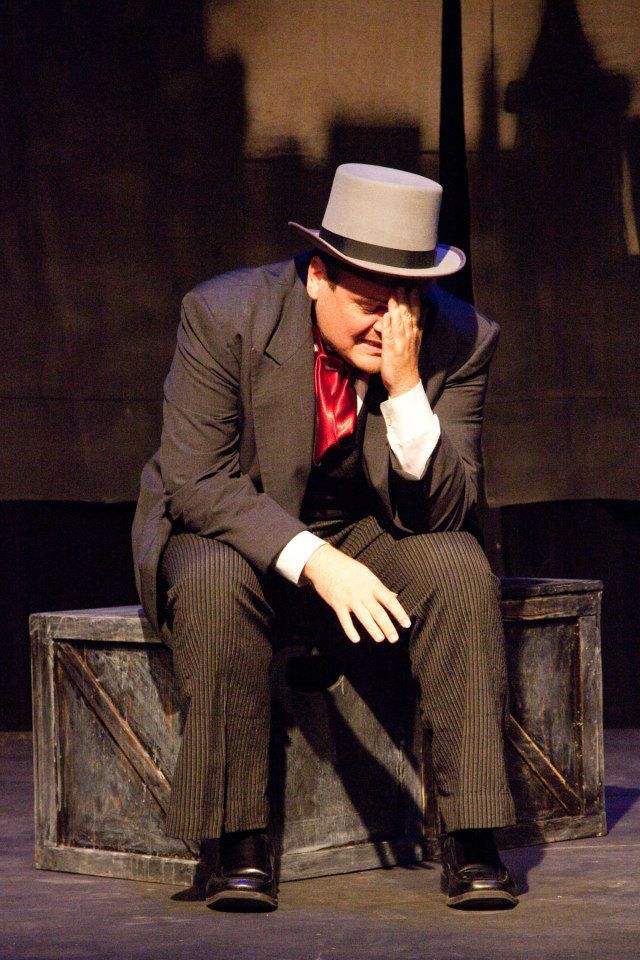State of the Arts
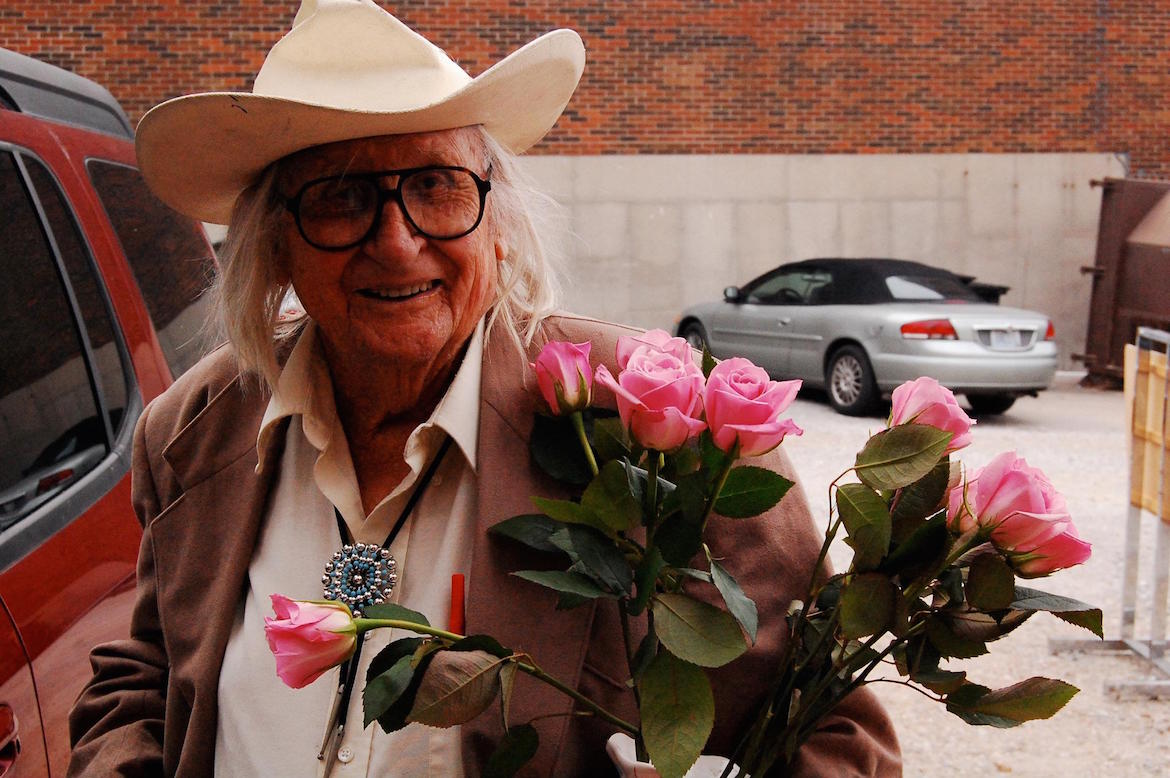
Columbia’s arts community looks forward to a growing future
The technicolor magic tree lured the crowds of Columbians down 9th Street toward Broadway, and as they passed the Yellow Dog Bookshop, they saw the owner’s two young children dressed as Charlie Brown and Lucy as they waved at them from beside Snoopy’s doghouse. It was December 4, the night of the Living Windows and the North Village Arts District’s one-year anniversary of the “First Friday” gallery crawl. One Broadway storefront was decorated with a model in a sequined dress sipping champagne, and over on Walnut Street, Marc Chagall, Salvador Dalí and Pablo Picasso stood in the front windows and flourished their paintbrushes while creating unseen masterpieces on the glass. And while the artists themselves might not have been the real deal, the art adorning the walls behind them was.
A drawing, a linocut and an earthenware plaque made by Pablo Picasso lined the left wall of the gallery while the pastels and inks of the controversial master Rudolf Bauer lined the right. A $58,000 lithograph of Marc Chagall’s “Carmen” hung for sale in the front, which provided a backdrop for his own flamboyantly painting shade as he continued to swipe away at the window with his brush. This was the 2015 Master’s Exhibit at Sager Braudis Gallery, and the work of the modern greats had traveled the world to be sold in Columbia.
But the scene in the North Village wasn’t always this way. The CoMo arts industry has undergone a lot of change over the past three decades. Before there was an established area for the creative community, the town was a bit of a Wild, Wild Midwest of art. Today, Columbia boasts a vibrant arts scene, multiple guilds, boards and leagues for the arts, a defined section of town (the North Village Arts District) that is devoted to the industry’s many forms of expression, multiple galleries, theater companies, ballet organizations, music venues and a more engaged and enthusiastic audience than ever before. But in the past, the arts lacked a formal organization and locations to centralize around. Lisa Bartlett, owner of ARTlandish gallery on Walnut Street and member of the North Village Arts District Board, remembers what the scene was like for artistic expression in town in the late 1980s. 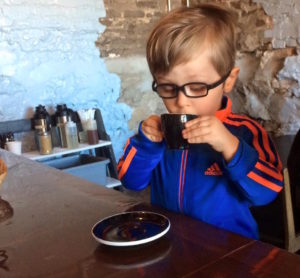
“There wasn’t any sort of systematic arts scene from what I remember; no real functioning governing entities for art,” Lisa says. “There might have been some city stuff going on, but I don’t really remember anything in particular. Pretty much it was students and a lot of squatters doing artwork who were in the North Village then, and they still are, but they were on a different level.”
Lisa doesn’t mean squatters in a derogatory sense. Rather, she remembers the scattered, chaotic arts population as being very free and creatively uninhibited from the conformity more formalized art communities have. She fondly recalls the good old days when she had a small art studio/antiques store where she would practice assemblage art and create pieces from old “junk.” But she’s also very thankful for the present arts entities in town like the Columbia Art League, the NVADB and the Orr Street Studios Board that have brought order out of chaos and improved artists’ and the community’s opportunities to interact with each other.
Where squatters once were, there is now a booming arts district. Multiple organizations in the NVAD allow the public to become familiar with the arts on a personal level. Orr Street Studios is a nonprofit art space and public gallery where local artists can rent studio space and work with their peers. When the renovated warehouses were opened in 2007, many artists in town felt they now had a central location for their community, and the NVAD kind of grew up around it.
“The development of Orr Street Studios was huge,” says Tootie Burns, local artist and treasurer of the Orr Street Artists Guild. “That attracted lots of known and new artists down there. It’s neat to be able to ask Frank Stack a question, or ask Joel Sager if he has an opinion about something you’re working on. It’s very helpful.”
Sager Braudis gallery has also played an integral role in growing Columbia’s appreciation for the finer things in life. Where chaos once was, there are now the works of great artists, such as Rudolf Bauer and Joan Miró, and local artists, such as Mike Sleadd and Mark Grundy, being bought and sold on Walnut Street.
The owner of Sager Braudis Gallery, Joel Sager, bought the place three years ago when its longtime former owners had decided to sell and move to Denver. A painter and Jefferson City native, Joel had previously worked at the gallery – then called the Perlow-Stevens Gallery—as an associate curator before becoming its new owner. It was a big change for him, and he says the experience has been great so far.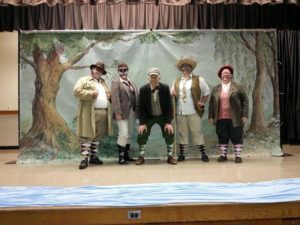
“It’s been a lot of hard work, a real uphill battle,” Joel says. “But that’s always the way it is selling art… We want to continue doing what we’re doing, making art part of the daily conversation.”
Sager says he would welcome other galleries to open up in town and sees competition as one more way to acquaint the city with arts. He says the First Friday monthly events in the NVAD have had a very successful first year and are playing a huge role in engaging the greater community, but there is always room for improvement.
It’s impossible to have a successful arts industry without an engaged audience who is willing to grow it. Columbia is a city of 115,000, and with three colleges in town, it is one of the more educated cities in the state. A large part of the successes the North Village and the downtown arts organizations have enjoyed came about because the city has always wanted, maybe even needed, a creative outlet. Also, the University of Missouri, Stephens College and Columbia College all help supply the city with young, liberal, educated minds year after year that create an open and evergreen audience for the town’s artists.
But, many members of the arts community would like to see an even greater involvement from the people of Columbia when it comes to supporting and engaging in the arts.
“It’s definitely a great place for young people to make art, but it’s not such a great place to sell art,” says Mike Sleadd, the chair of the Columbia College Visual Arts and Music Department and longtime local artist. “I could take my work to, say, New York or Chicago and make a lot more selling it there than I do here. But also, there’s something about Columbia that keeps artists coming back, and I’ve had friends who’ve moved away but still come back here and do shows.”
Diana Moxon, the executive director of the Columbia Art League sees the potential for community growth in the city, and she thinks the interactive events such as CAL’s Art in the Park annual festival are one of the best ways of furthering the industry.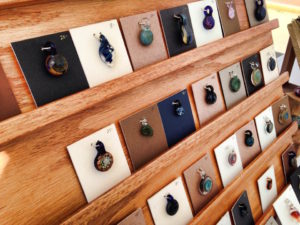
“There is so much going on, so many great organizations and artists, ballet dancers, musicians and writers in the community… I guess the trajectory is definitely upward for the arts in Columbia,” Diana says. “Art in the Park is wonderful. We have 15,000 people engaged there, and they all really enjoy that. But why don’t we have 20,000 or 30,000 people there?…Why aren’t we selling more art?”
When it comes to sales, there is an inherent fear many people harbor about art. While some enthusiasts love all of the forms of painting, sculpture, theatre and dance, many other people feel intimidated by them. This fear could stem from a lack of familiarity or a worry that ignorance about art can make a person seem unintelligent. Diana suggests that everybody should try to get back into the elementary school mindset with art and learn to love all forms of expression you encounter from day to day. A first grader doesn’t worry whether or not he “gets” the abstract painting in front of him – he just knows whether he likes it or not.
Diana also believes that she public has a duty to promote the arts because it betters the city, not only in a mental or aesthetic way, but in real, tangible economic ways as well. Arts districts are popping up across the country wherever gentrification is occurring, and whether the growth of the arts is a result or a cause of that gentrification is hard to say. Ten years ago, the intersection of Walnut and Orr Streets was not the artsy, hipster-chic district it is today. But when Orr Street Studios moved in and galleries, dance companies and outdoor music venues started popping up, developers and Columbians alike began flocking to the area.
“It’s not just a few scattered galleries,” Lisa says. “It’s dance studios and cafes that host art. We have a distillery, and we have a yoga studio. They all have art in their buildings, and they all host art events. We have working studios, cafes and jewelers. We have a grocery store that isn’t your typical grocer with goods from local farmers, and that’s an art. Two ballet companies, a smattering of clubs and breakfast joints — it’s really eclectic.”
And it seems like the NVAD has it all figured out. Sager Braudis Gallery and ARTlandish are packed with gallery hoppers every first Friday of the month, GreenHouse Theatre Project’s live, in-space performances pop up around town in various locations to engage an open-minded audience, and the line for Ernie’s Café on Sunday morning is always out the door. But as with any arts business, the fragile future is always in danger of being thrown into flux.
Orr Street Studios, regarded by many to be the epicenter of Columbia’s arts community, is up for sale. The 19,290-square-foot space of warehouses at 106-110 Orr St. are listed on Plaza Commercial Realty’s website for a price of $3.2 million. The gallery warehouse and its 21 for-rent studios – many of which house more than one local artist – face an uncertain future. Though, even if the space is sold to new owners, there is no guarantee that the nonprofit art hub will cease to operate in the same fashion as it does today. But then again, there is the danger of Orr Street Studios becoming Orr Street Studio Apartments in the near future.
Even if the physical location does disappear, the spirit of Orr Street will resurface elsewhere in town, Diana says. She still believes the future of the arts in Columbia is a bright one. Ten years down the road, she hopes to see people buying more local art and would like to see a greater engagement from the business community as well when it comes to purchasing locally made products.
The artistic community and the North Village Arts District have an opportunity to make little Columbia, Missouri, a destination for Midwest artists and art enthusiasts. Big events such as Roots N Blues N BBQ, True/False Film Fest, Citizen Jane Film Fest and Art in the Park draw people from all over the country, and even the world, to provide a great opportunity for collaboration with local creators. When compared with the state of the arts 30 years ago, Columbia is looking pretty solid today.
“I never thought you’d be able to walk down Walnut Street and see a Picasso hanging in the window,” Tootie says. “People are really committed to growing the arts culture and the city is very supportive of it.”
And with continued support, who knows what the next 30 years will bring.



